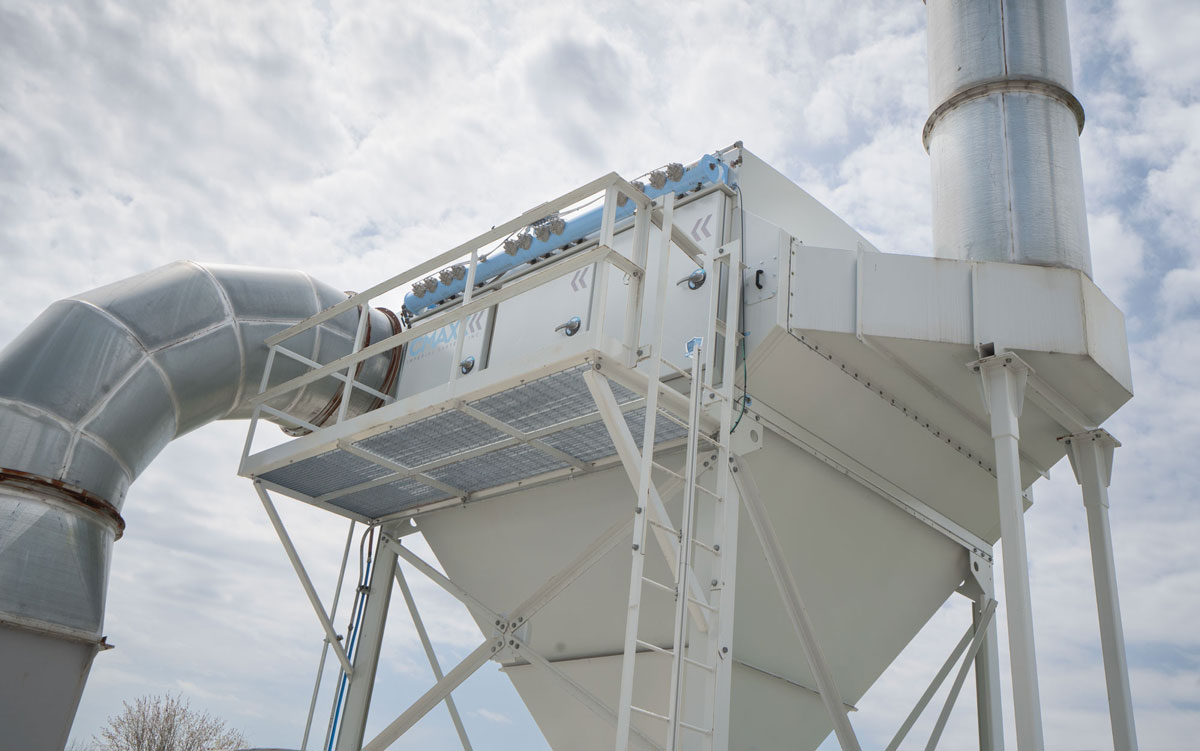This infographic looks at various coal mine disasters in the US through history and the changes that were made to standards as a result of these issues. It highlights the advancements made in Pittsburgh that lead to innovations in miner safety across the nation. It also takes a look at the effects that coal dust can have on the health of both miners and their families.

Coal dust has been the cause of some of the worst mining disasters in American history. Whether it has combusted on its own or propagated a methane explosion, coal dust can be dangerous and potentially deadly.
Upper Big Branch Mine Disaster – Raleigh County, WV • April 5, 2010 • Twenty-nine miners died
Benwood Mine Disaster – Benwood, WV • April 28, 1924 • One hundred and nineteen miners died
Castle Gate Mine Disaster – Castle Gate, UT • March 8, 1924 • One hundred and seventy-one miners died
Stag Canon No. 2 Explosion – Dawson, NM • October 22, 1913 • Two hundred and sixty-three miners died
Monongah Mine Disaster – Monongah, WV • December 6, 1907 • Three hundred and sixty-seven miners died and it is considered the worst mining disaster in American history.
Harwick Mine Disaster – Cheswick, PA • January 25, 1904 • One hundred and eighty-one miners died
Working Towards Mine Safety in Pittsburgh
In 1910, the United States Bureau of Mines purchased land in Bruceton, PA, just south of Pittsburgh. It was purchased from the Pittsburgh Coal Company for research and testing purposes. There were three main focuses at this facility: Mine Health, Mine Safety, and Disaster Prevention.
National Mine Safety Demonstration – Forbes Field, Pittsburgh • October 30th, 1911 • 15,000 attendees
International Conference of Representatives of Mining Experiment Stations – Pittsburgh, PA • September 14-21, 1912 • Attendees included representatives from Austria-Hungary, Belgium, German, and Great Britain.
Coal Dust in Post-WWII America
Coal dust explosion research expanded to industrial and agricultural dust after WWII with the National Defense Research Committee. In 1969, the Federal Coal Mine Health and Safety Act:
- Required more inspections of mines
- Strengthened safety standards and adopted health standards for the first time
- Provided compensation for miners with black lung
- Was signed by Nixon
In 1970, mine owners began taking dust samples. By the end of that year, the Bureau of Mines had issued 714 excessive violation levels and 1,589 failure-to-initiate sampling notices.
Later in the seventies, the 1969 Coal Act:
- Mandated further research on occupational lung disease factors
- Provided information on pneumoconiosis and other respiratory ailments
- Improved mandatory health standards
From 1973 to 1999, Coal Workers’ X-Ray Surveillance Program showed the prevalence of pneumoconiosis in miners with 25 or more years on the job had fallen by 31%.


